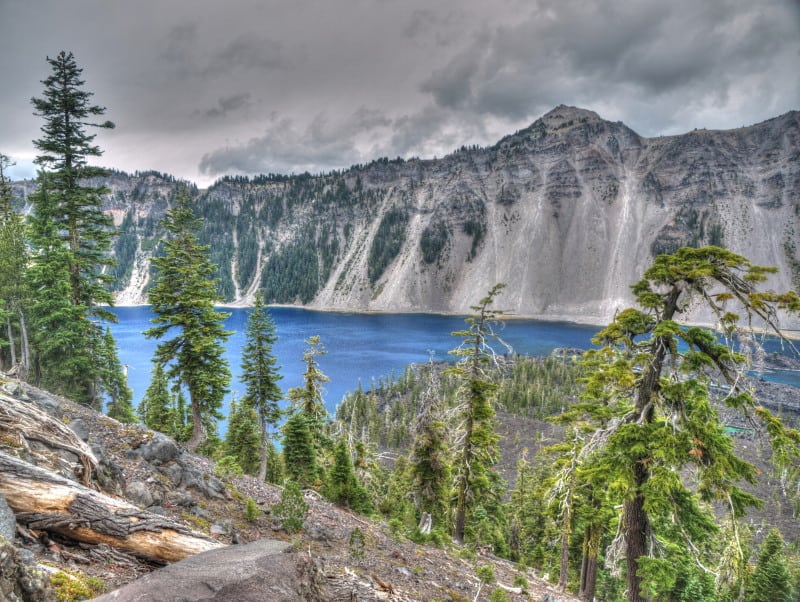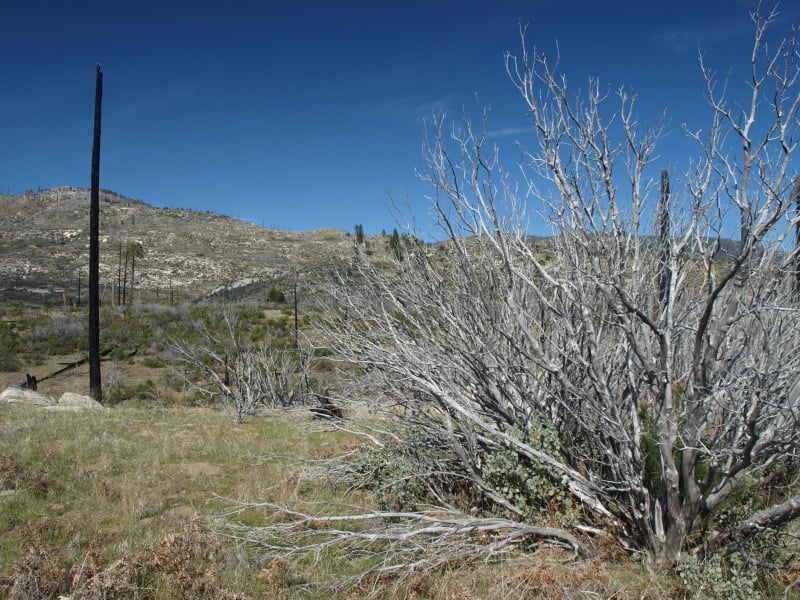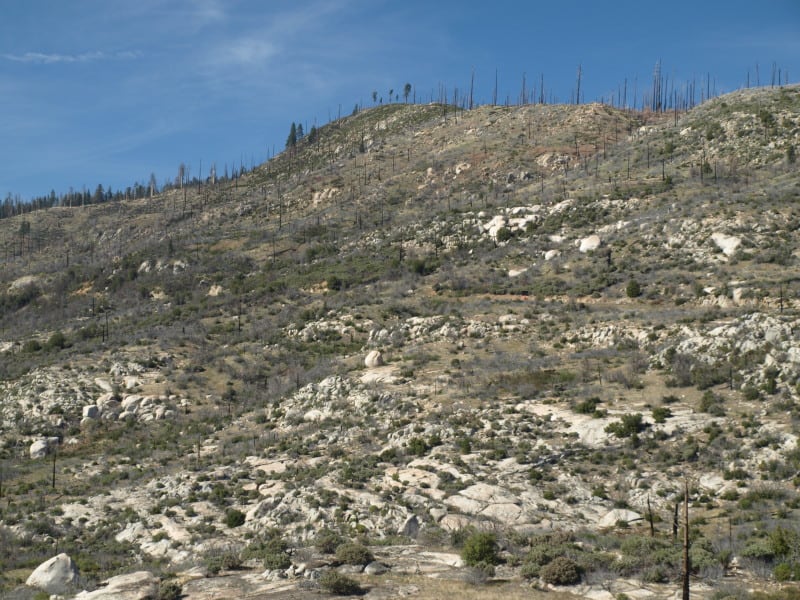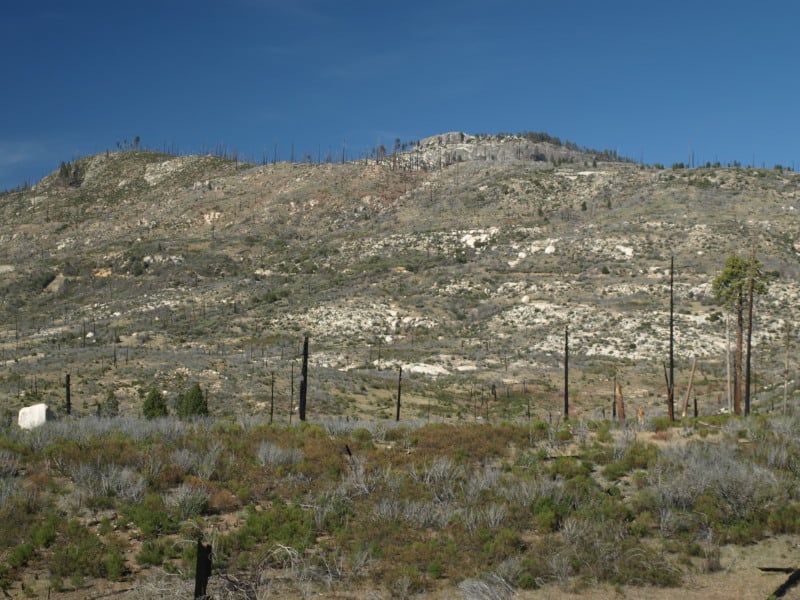The study analyzed 308 species of birds that live on lands managed by the Bureau of Land Management and U.S. Forest Service, the two largest public land managers in the western United States. Drawing on 1.7 million crowdsourced checklists submitted to the Cornell Lab’s eBird project, the researchers modeled where each species occurred in each week of the year across the nation. They then overlaid those results on a map of land management compiled by Jocelyn Aycrigg of the National Gap Analysis Program at the University of Idaho, a coauthor of the study. The map showed not only which lands were managed by the agencies, but what levels of formal biodiversity protection the lands had.
“It can get overwhelming thinking you need to do everything for every bird,” said Ken Rosenberg, a conservation scientist at the Cornell Lab and coauthor of the study. “This can really help hone in on what’s important for your piece of land—so you know what are the main species you can concentrate on.”
The study’s focus on so-called multiple-use lands (places that are neither set aside as wilderness nor completely open to development) highlights a strategic opportunity for conservation, Rosenberg said. It’s difficult to set aside new parcels of land, but adjusting priorities on existing lands can have a huge positive effect.
Read more at: http://phys.org/news/2015-01-bird-watchers-federal-agencies-priorities.html#jCp
This sounds like some good science the Forest Service should use to meet the viability requirements of the new planning rule where the Forest Service can not maintain a viable population of species in a plan area:
“… the responsible official shall: (ii) Include plan components, including standards or guidelines, to maintain or restore ecological conditions within the plan area to contribute to maintaining a viable population of the species within its range. In providing such plan components, the responsible official shall coordinate to the extent practicable with other Federal, State, Tribal, and private land managers having management authority over lands relevant to that population. (36 CFR 219.(b)(2))



